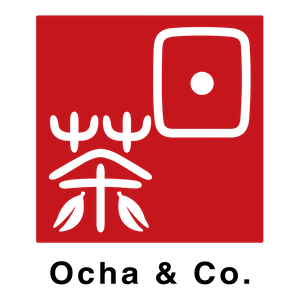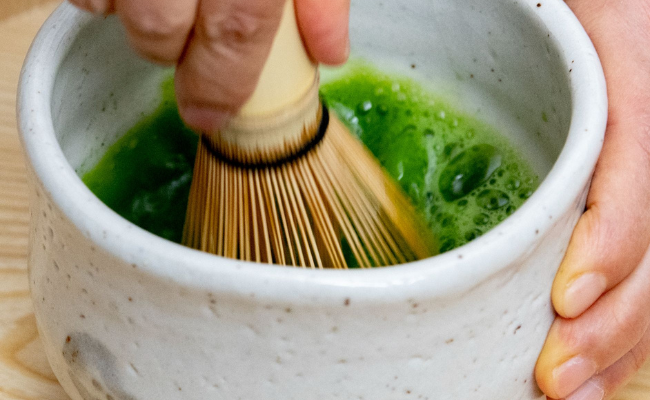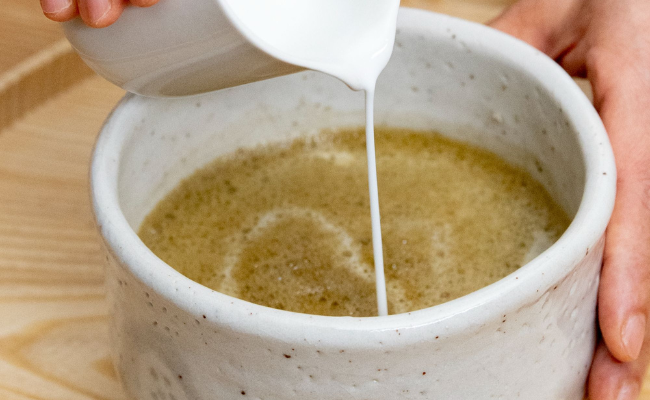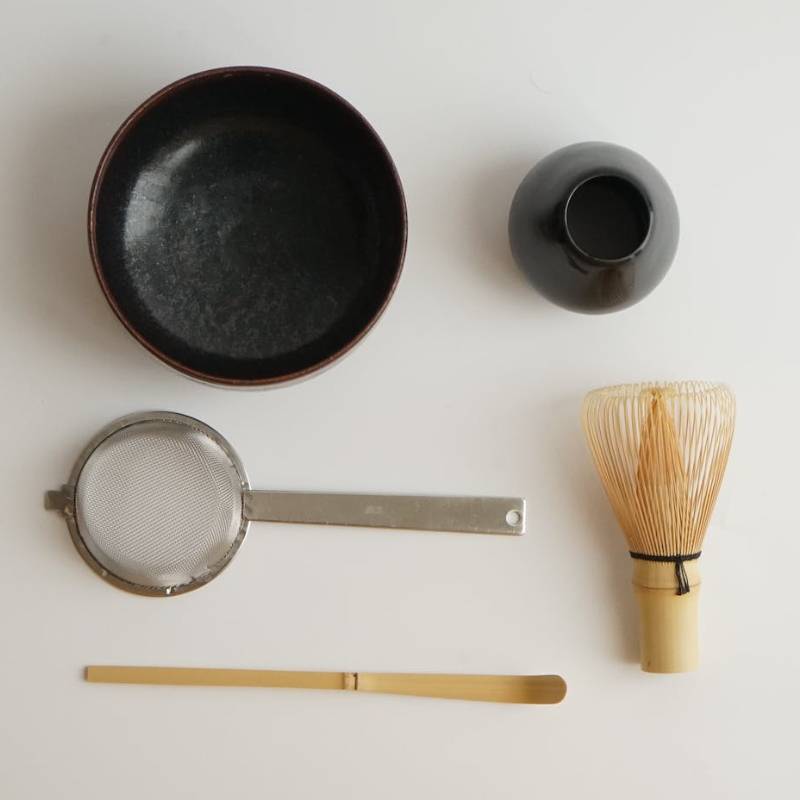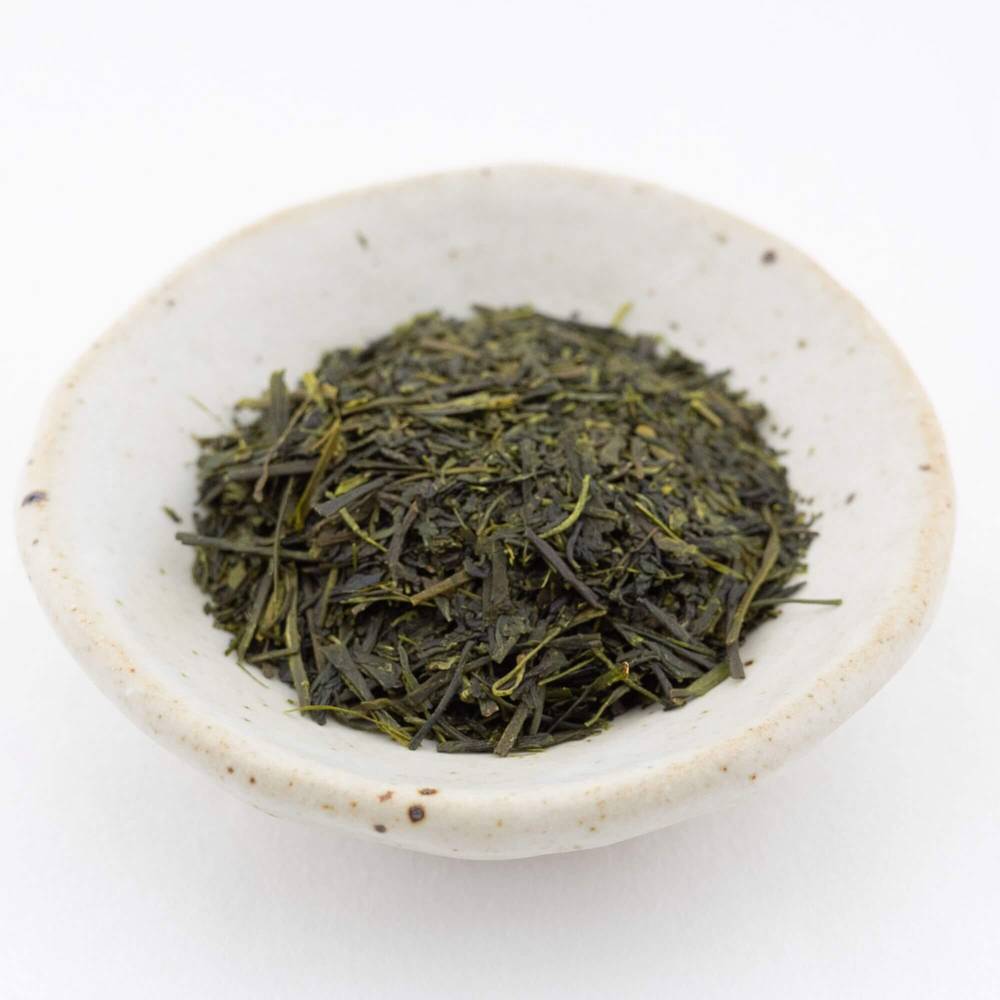Bamboo Whisk Assessment
BAMBOO MATCHA WHISK ASSESSMENT
Authentic bamboo matcha whisks, known as chasen, aren’t just beautiful to behold - they’re the essential final stage of the matcha-making process. Read on to discover how they’re made, how to use them, and how to take good care of them.
HOW ARE BAMBOO MATCHA WHISKS MADE?
The craft of making authentic bamboo matcha whisks has been handed down through generations of artisanal families for many centuries.
There are just 18 recognized chasen master craftsmen left in Japan today and most of these are based in Takayama, in Ikoma city, Nara prefecture. It’s probably no coincidence that the industry centers on Nara. Cold snowy winters in the region produce the best quality bamboo in Japan.
Among the venerated artisans still active is Inoue Wakasa, and we’re privileged that he makes the hand-crafted chosen you can purchase via our site or on Amazon Bamboo Matcha Whisk
You can watch the grand master at work in an exclusive video made for Ocha’s YouTube channel, a bamboo matcha whisk being made.
Different styles and sizes of bamboo matcha whisks have developed over time to serve different ceremonies and suit regional traditions.
But the fundamentals of making - and caring for - a bamboo matcha whisk is pretty much universal.
Making chasens begins with a winter harvest of mature bamboo. The individual canes are carefully stored to season for up to three years.
When they’re deemed ready to work with, the bamboo is peeled and then cut into hunks of 10 to 12 cm.

Now the real craft starts. Leaving room for a handle, each hunk of bamboo is expertly sliced with a razor-sharp knife into between 20 and 120 thin prongs - often referred to as tines.
The rule of thumb is that a whisk of anything up to 80 tines is best suited for making Koicha (thick matcha), while a 100-plus pronged whisk is best for preparing a really frothy Usucha (thin matcha).
Back in the workshop, that hunk of bamboo is already beginning to resemble a whisk. But there’s much more to be done; the tines are dipped into hot water, shaved, ironed, and then shaped.
The prongs are shaved once again to taper them, and the ends of each bristle curved.
The whisk is then separated into an inner and outer layer by binding every other tine with a thread - a process that’s fiddly and requires dexterity and lots of patience. When completed half of the tines are tied to unite the inner circle, while the remaining tines splay out to form the springy outer ring.
USING YOUR BAMBOO MATCHA WHISK
Considering the amount of work craftspeople put into creating your Chasen - not to mention the essential service it provides to make the perfect matcha - it would be churlish not to take good care of it.
Each time you use your chasen, ensure you first steep it in warm - not boiling - water for a few minutes. This helps the dry bristles unfurl a little and makes the whisk more ‘springy’ when it comes to mixing the matcha into the water.

Once you’ve prepared your matcha powder and water to taste, your chasen really comes into its own.
Gently, but firmly, rapidly agitate the powder and liquid with the whisk, repeatedly making a “W” or (easier to remember) “M” for matcha, shapes across the circumference of the bowl.
Feeling the bottom of the bowl with the whisk as you work is fine, but resist the temptation to apply pressure - the tines will naturally respond to the motions of your wrist, and any extra ‘help’ serves only to bend them out of shape.
Being mindful that the action is all in a confident wrist will reward you with a lovely froth across the top of the drink.
You’ll know when your tea is ready to drink. Enjoy!
